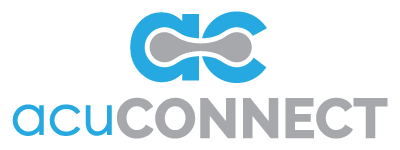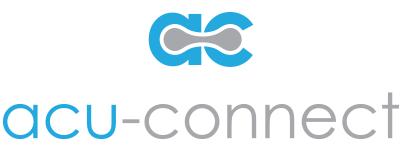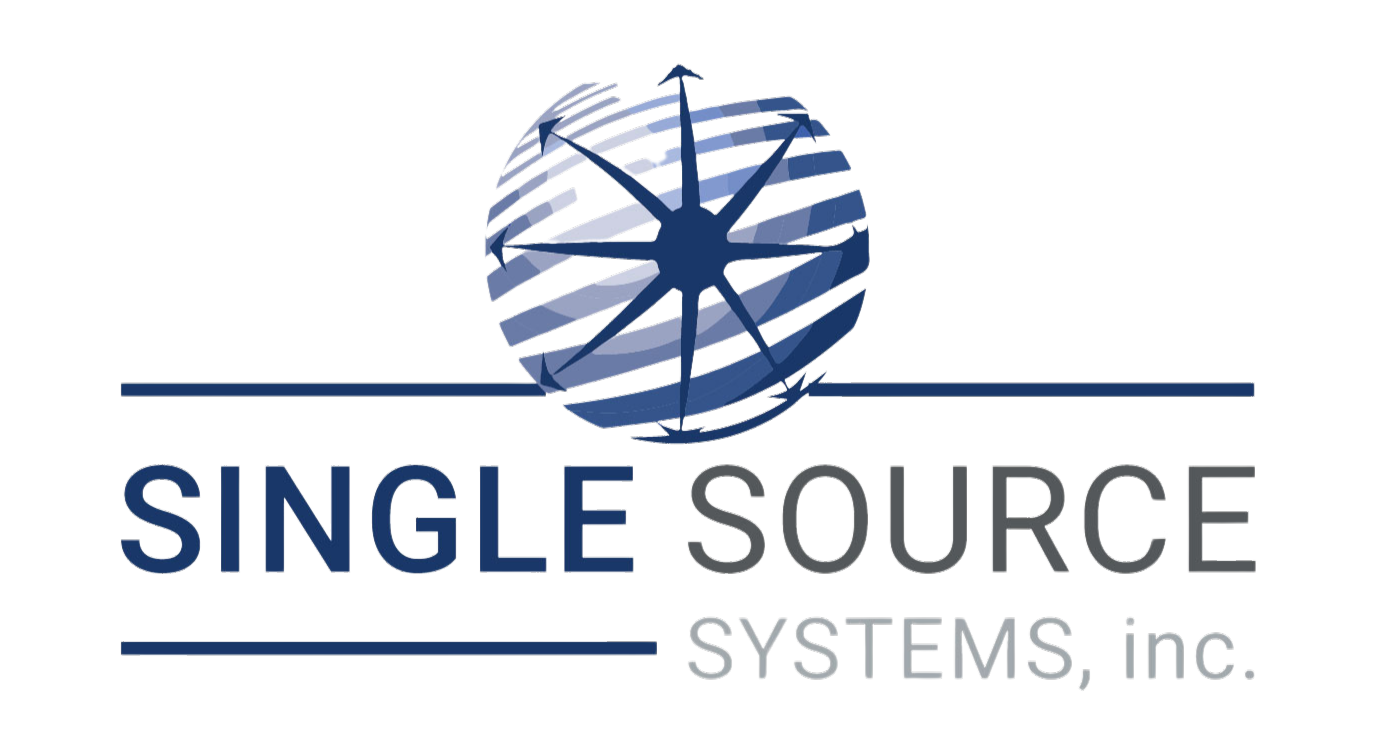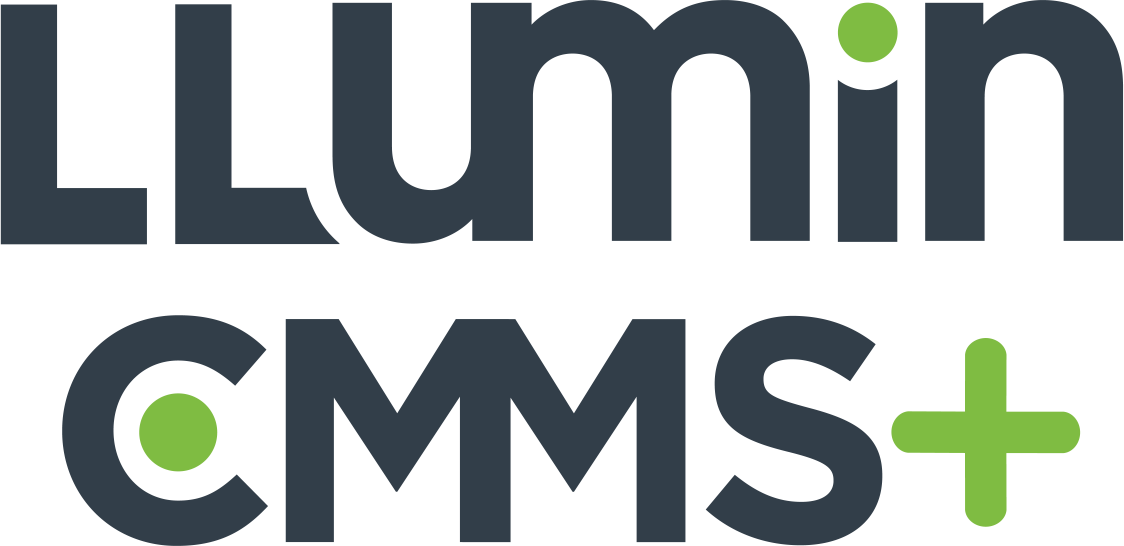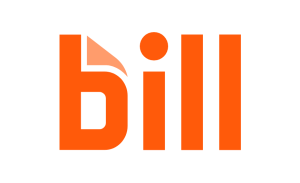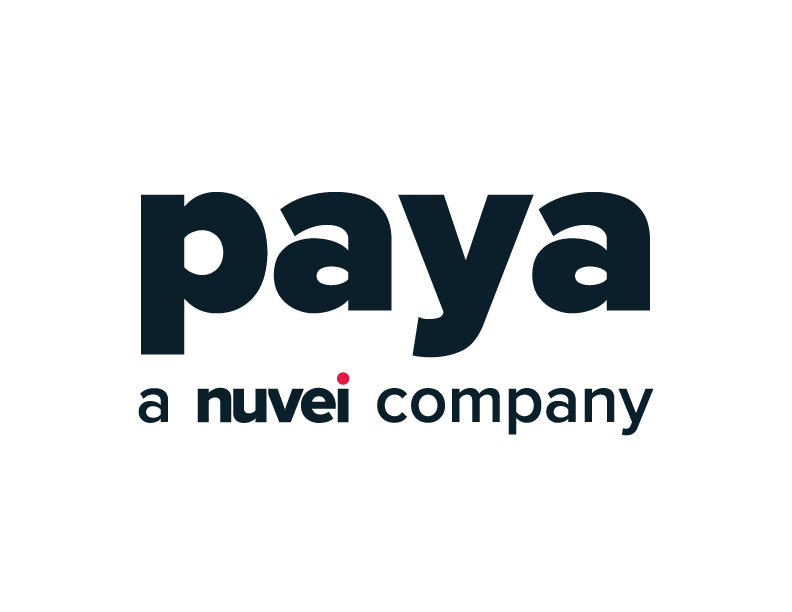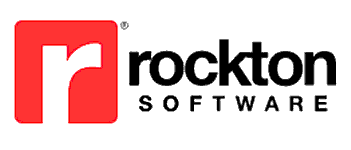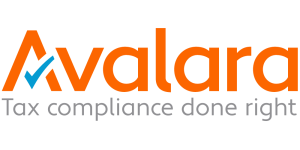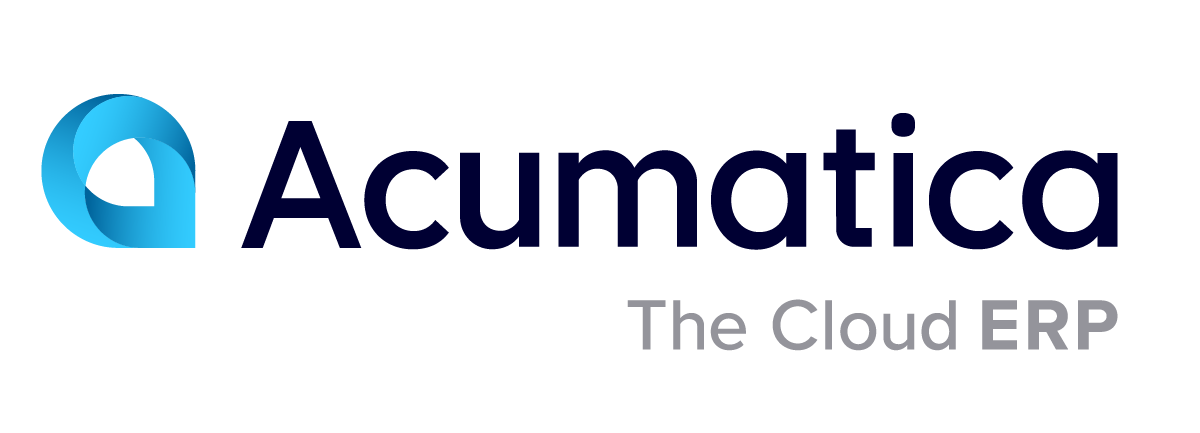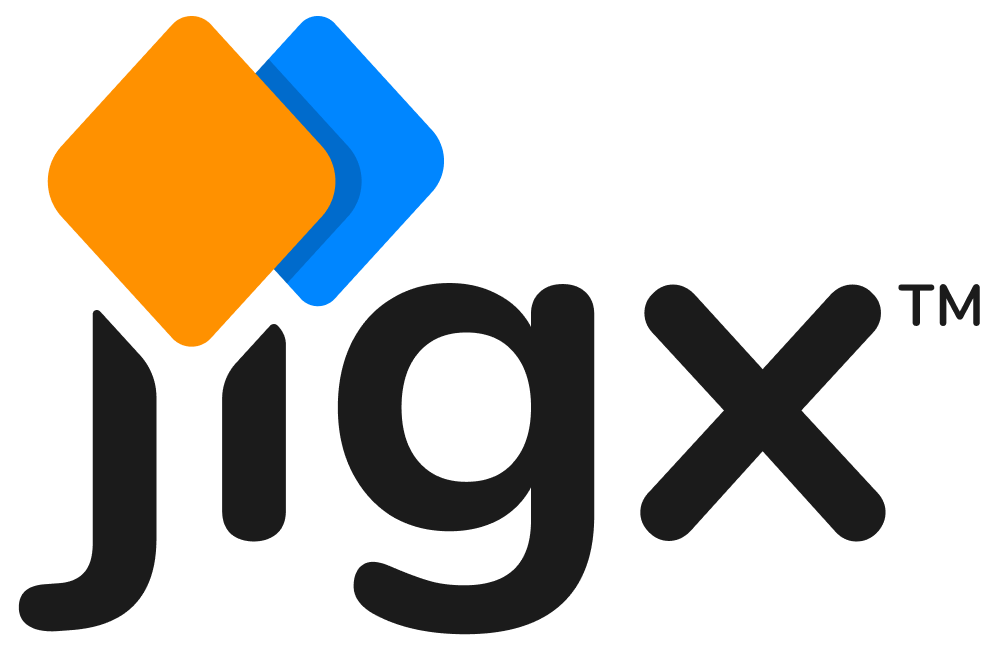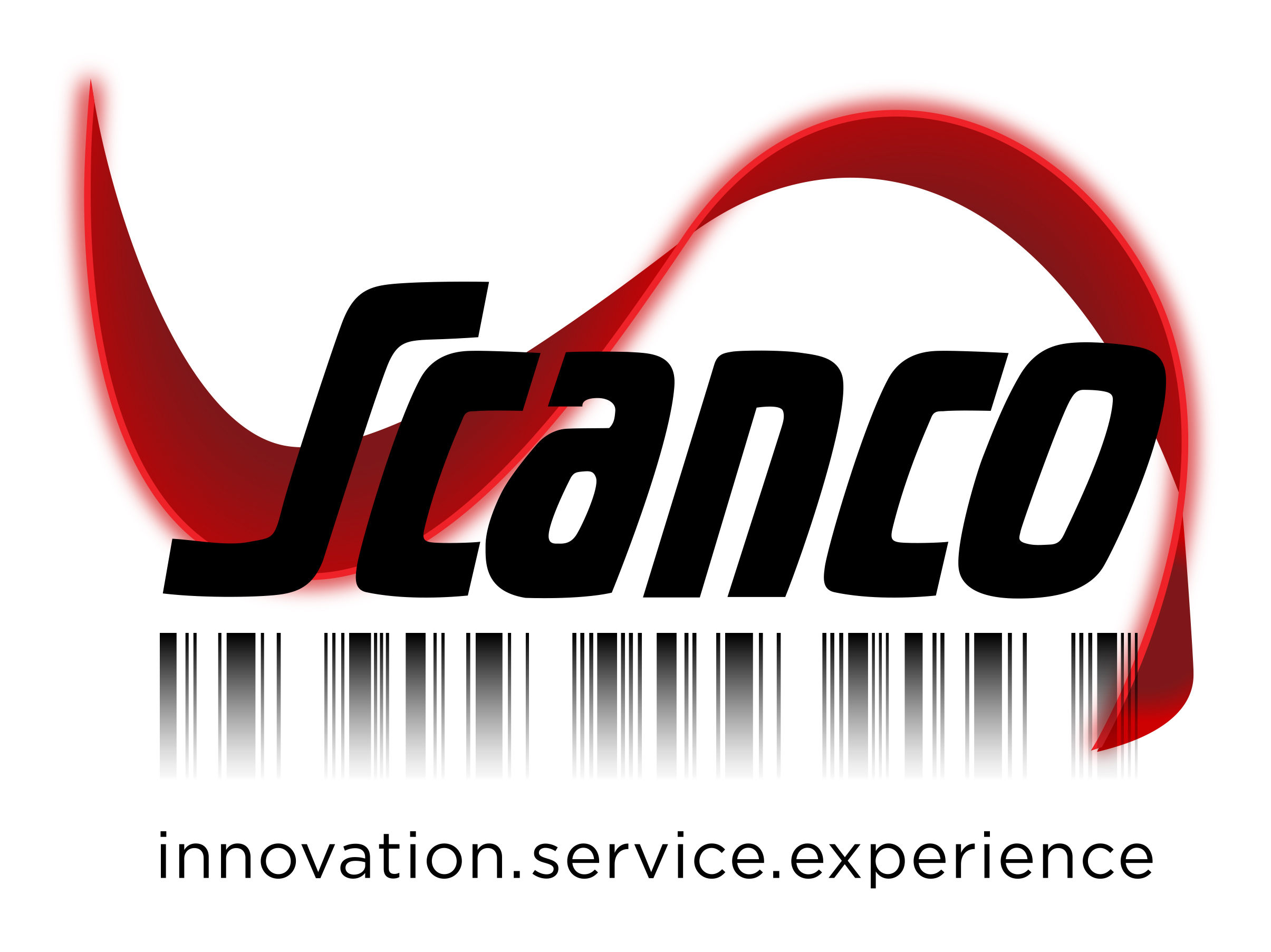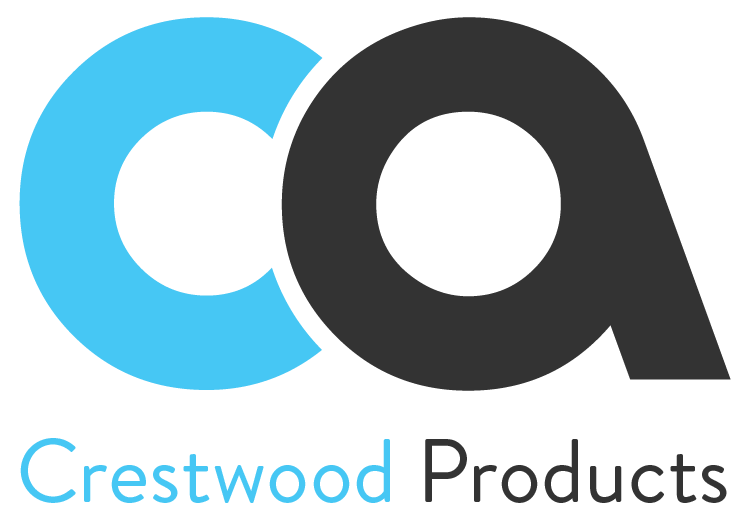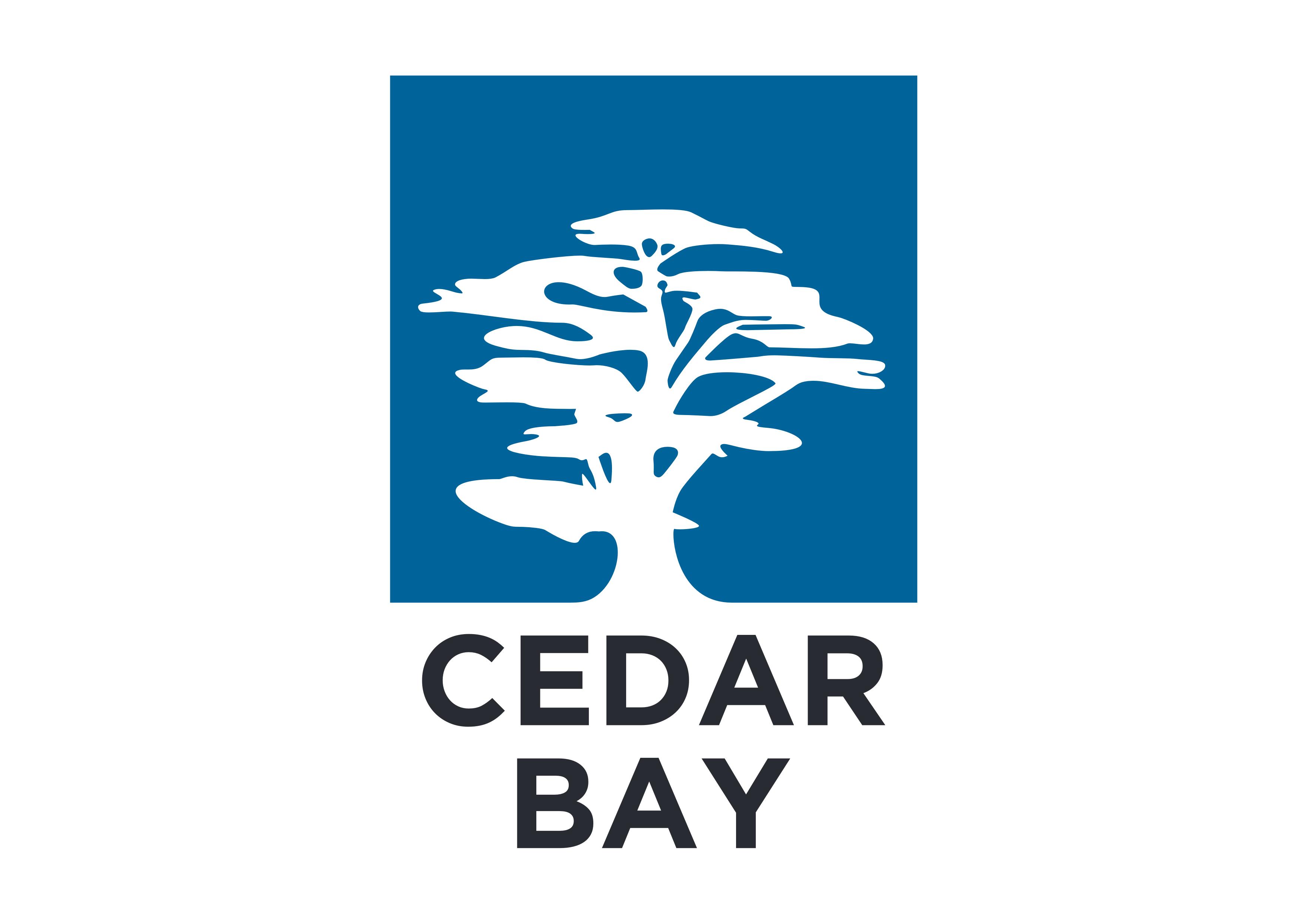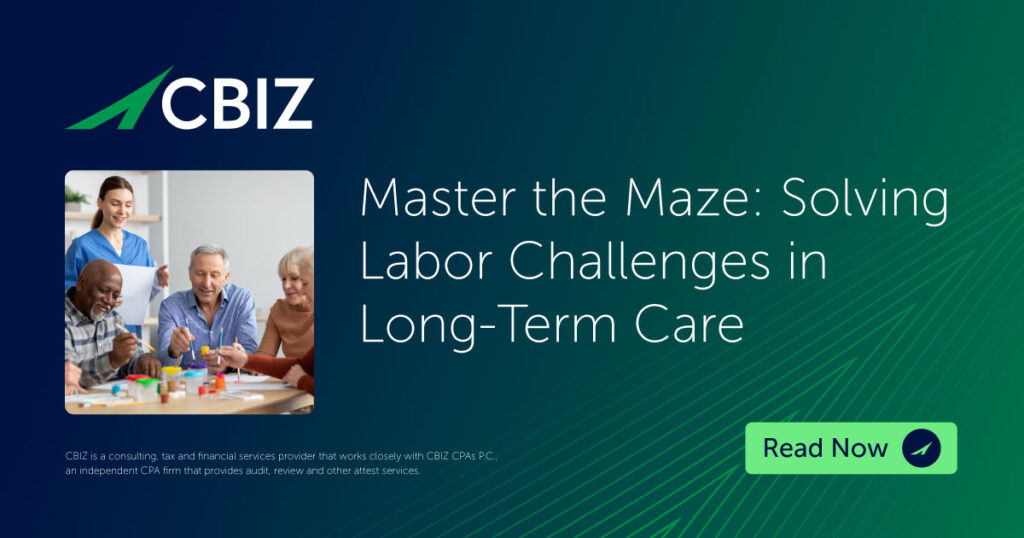Business management is all about juggling multiple moving parts and ensuring that different branches of business communicate with each other effectively and efficiently. As a result, businesses have turned to cloud ERPs like Acumatica and Human Capital Management (HCM) solutions like Workforce Go that streamline operations and simplify complicated processes. This blog will discuss why a true, seamless integration between an ERP and HCM system can position your business for sustainability and growth.
The Challenge of Limited Resources
SMBs often deal with limited resources: tighter budgets, a lighter workforce, and less time. Making the most out of limited resources is critical to success, as errors and inconsistencies in data or workflows can be costly and time-consuming. In a competitive workforce, where they also grapple with employee retention and turnover, compliance regulations, and constantly evolving technology, SMBs can benefit from ERP and HCM integration because it saves time and money, centralizes information to improve communication, and helps businesses adjust to growth and technological advancement.
Saving Both Time and Money
Integrating HCM and cloud ERP makes your life easier. Because the cloud-based software is hosted on a server and accessed through a web browser, it reduces the need for separate or multiple software solutions and/or software licenses. Additionally, the need to pay for maintenance and technological updates significantly decreases.
The HCM and ERP integration also provides the entire team with automated, real-time information at any time, enabling SMBs to track accurate labor costs. Access to synchronized information makes it easier to allocate resources and stay within budget. Automated data entry also reduces manual work and potential errors, as workers no longer manually enter information into multiple systems. This saves time and frees up your workforce to spend time on more important tasks.
Centralized Data and Better Communication
The central hub of data created by the ERP and HCM integration leads to better communication within the business. Employee details, payroll allocations, time entries, and other entries are accurate and updated, so you always have a clear picture of your business insights and can make quick and data-driven business decisions. Seamless unification across systems makes your data more reliable, which leads to streamlined reporting, accurate pay calculations, and improved scheduling and tracking.
Reliable, centralized data also has large-scale benefits. Compliance is a complicated requirement of operations, and ERP and HCM integrations can improve compliance regulations and leave behind clean audit trails due to the data’s accuracy and transparency. It also helps to create a positive employee experience via a comprehensive payroll and HR structure. ERP and HCM integrations foster quick and easy onboarding processes through self-service portals and house benefits in one place so employees can enroll and manage their benefits throughout the year with ease.
Flexibility is Key
A true ERP and HCM integration is scalable and elastic, meaning it can scale in either direction to meet your business needs. Have a slower season? You can scale back without losing money on unnecessary updates. Alternatively, the integration will expand with you as you experience long-term growth.
For example, Acumatica provides real-time insights into inventory, operations, and financial information, which makes it possible for businesses to identify inefficiencies and optimize spending. To break it down further, having access to this data can help organizations pinpoint areas of overspending, like unused inventory or high operational costs during transition periods, which can help them cut waste. Having a clear picture of how processes are working together can also make it easier to identify improvements that can be made during downtime to ensure systems are running smoothly when business picks back up.
To complement Acumatica’s functionality, Workforce Go provides analytics on the workforce side that helps businesses manage labor costs by analyzing trends like overtime, absenteeism, underutilization, etc. So, during transitional times like slower seasons or periods of growth, inefficiencies like excessive overtime, underutilized staff, and other insights help businesses reduce payroll costs where possible.
The Workforce Go and Acumatica integration is highly customizable as well, allowing you to tailor the solution to your industry and business’s needs instead of struggling with one that is premade and ill-fitting.
Workforce Go and Acumatica
Workforce Go’s bidirectional integration with Acumatica ERP blends real-time functionality with convenience, uniting your people, business, and operations management into a single solution that grows with you. Our clients praise its ease of use, efficiency, and uniqueness, among other things:
“In the near future, when I have to hire 75 people in 2 months, it’s going to be easier.”
—Michelle Martell, HR Director, Muddy Water Dredging
“It can handle the complexities of our company and allows us to bring different information into Acumatica to do different analytics like how many payroll dollars and hours per division and per employee. We brought all that information into Acumatica. It was very helpful.”
—Matt Stoner, Chief Financial Officer, Dakota Red Corporation
“We found very little that competed with the Workforce Go Performance.”
—Tidal Power Services, LLC
Interested in learning more? Visit our Workforce Go and Acumatica Integration page.
